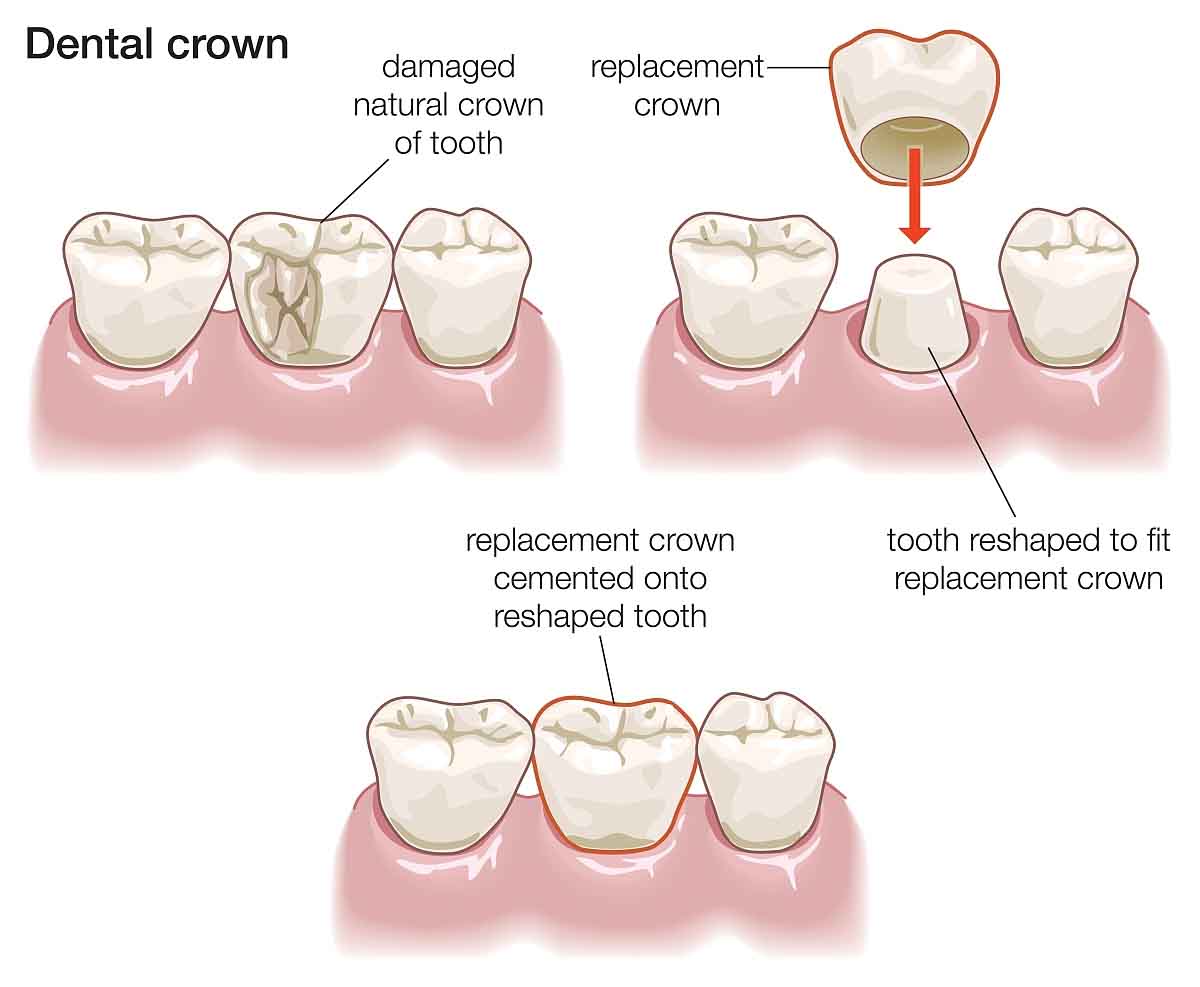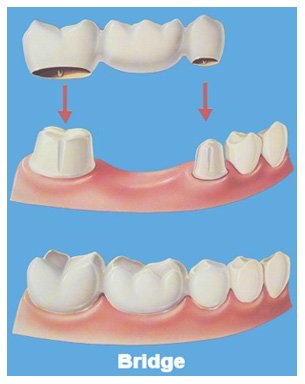Crown and Bridge
Crowns, also known as braces, are a method of repairing teeth. When a tooth is damaged and it is difficult to repair it with fillings, artificial crowns made of different materials can be applied to the natural crowns that have been reduced.

intended for:
1. Tooth decay or tooth defect is large, and the tooth discoloration is gray or yellowish brown. It can achieve beauty and increase strength through beautiful crowns.
2. When the tooth or residual root is broken due to trauma, such as the root has sufficient length and the periodontal condition is good, the beautiful crown can be repaired through satisfactory root canal treatment.
3. Patients whose teeth are very unsightly and not suitable for orthodontic treatment can be repaired with beautiful crowns.
4. Poor tooth tone or shape, such as tetracycline teeth, conical small teeth, etc.
5. If the teeth are missing, the number of normal missing teeth is small, and the adjacent teeth are healthy, there is no inflammation, or although there is inflammation, but it is controlled through treatment, the beautiful crown can be selected for repair.
Bridge is a fixed denture, can not be removed from the mouth, the general people will use "missing a tooth, filling three teeth" to describe the bridge. The method is to use the left and right teeth of the missing teeth as the bridge piers. To support the missing denture, restore chewing function.

characteristic:
Compared with the movable denture, the dental bridge can provide better bite force, and it does not need to be removed and cleaned every day. It is more convenient in daily life, but the inlay of the dental bridge is limited. Because the bridge needs to rely on adjacent teeth to fix and bear the bite force, the more missing teeth between two natural teeth, the greater the bite force to be shared by natural teeth. The natural teeth used as the fixed bridge are easy to be damaged due to excessive stress. In addition, the longer the bridge is built, it is also easy to be damaged due to uneven stress. Therefore, the bridge is not suitable for continuous missing teeth with more than two teeth, It is more suitable for single or a small number of discontinuous missing teeth. In addition, a large number of missing teeth or full mouth missing teeth are not suitable for dental bridge, but should be treated with movable denture or implant.
Disadvantages:
The inlay of dental bridge needs to grind the adjacent natural teeth at the missing tooth position, or it will have an adverse impact on the natural teeth. After the crown of the natural tooth is worn small, it may be easy to be sensitive, or the nerve of the tooth needs to be removed by root canal therapy, but it will make the natural tooth fragile. Since the bridge is sleeved behind the natural teeth, residual food is easy to accumulate at the junction of the natural teeth and the bridge, which is more prone to tooth decay. Therefore, oral hygiene must be maintained after the bridge is inserted to prevent tooth decay of the natural teeth supporting the bridge, and dental examination should be conducted regularly.







